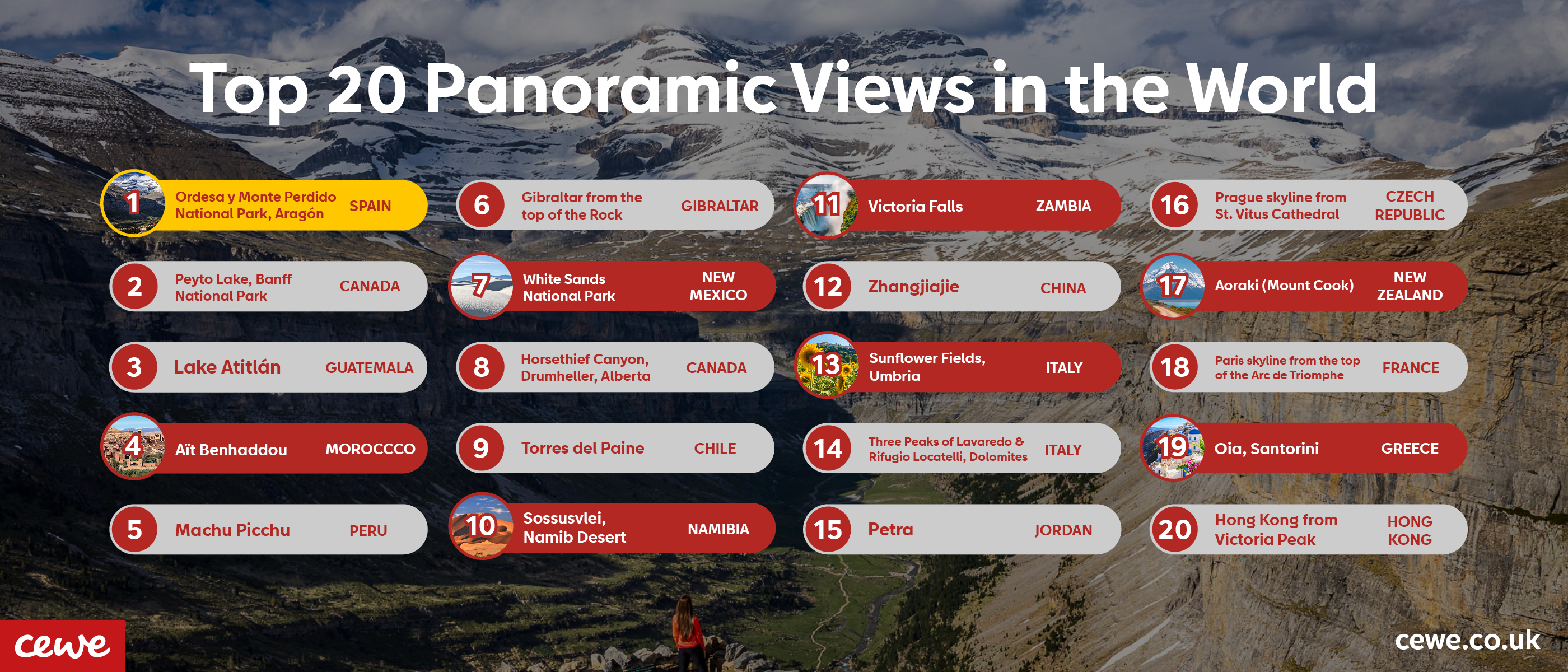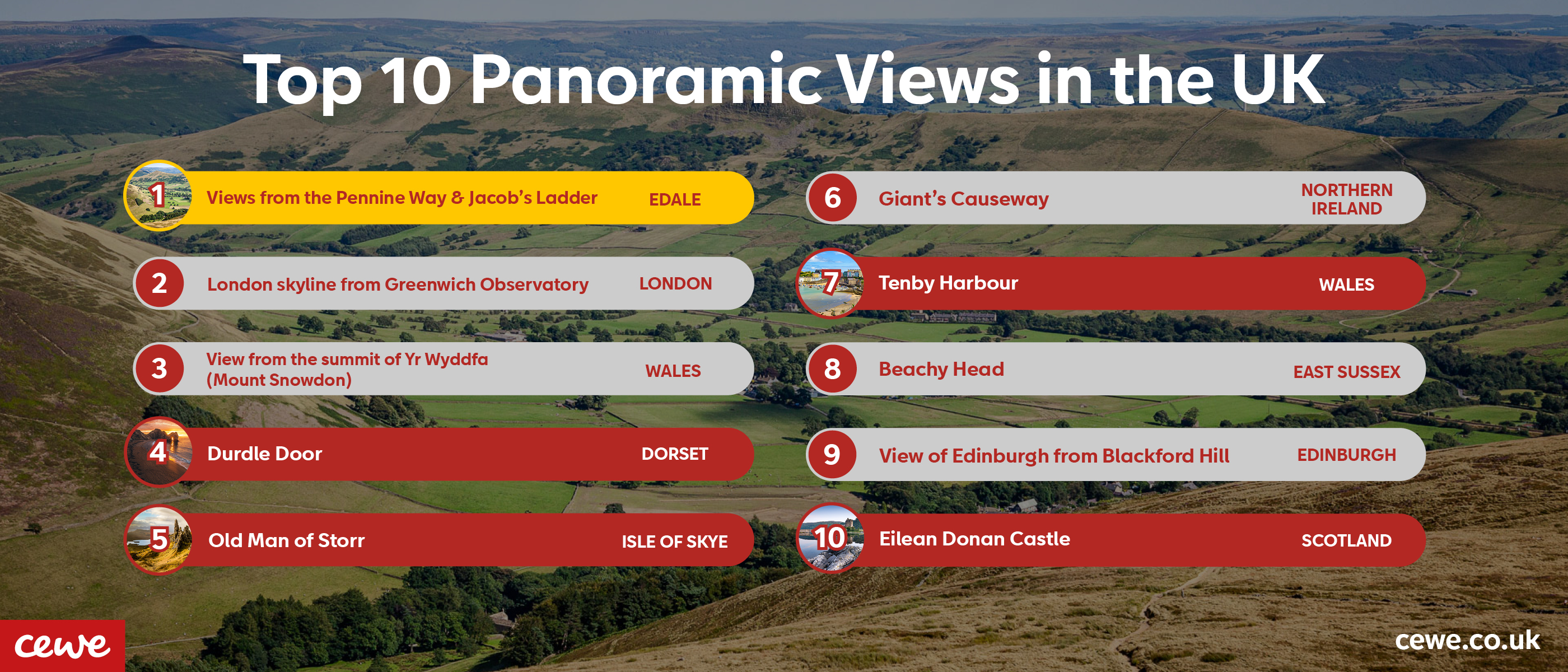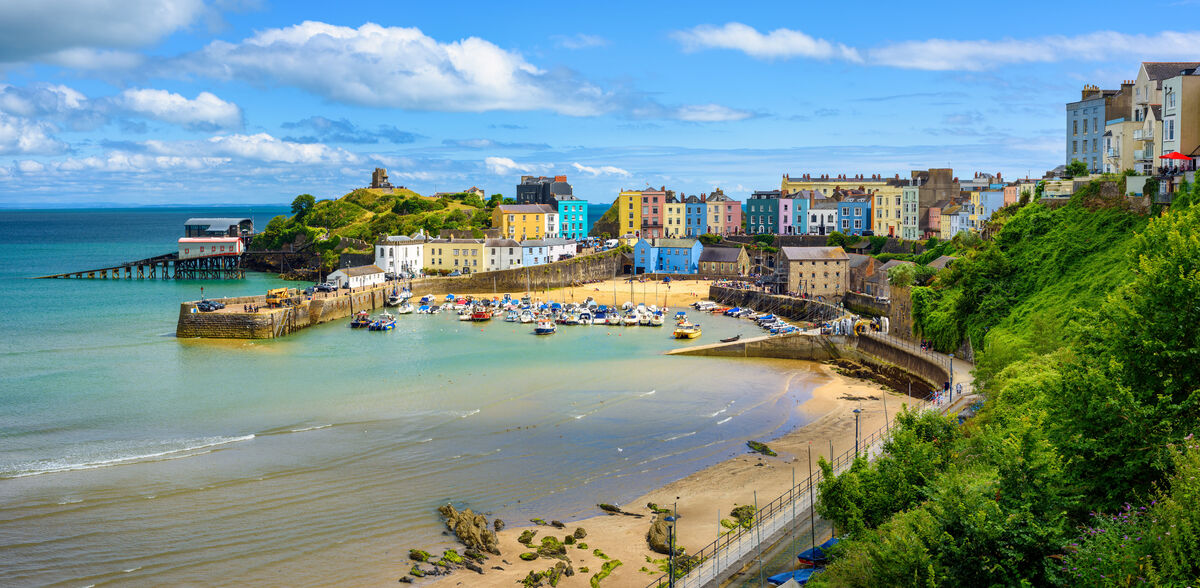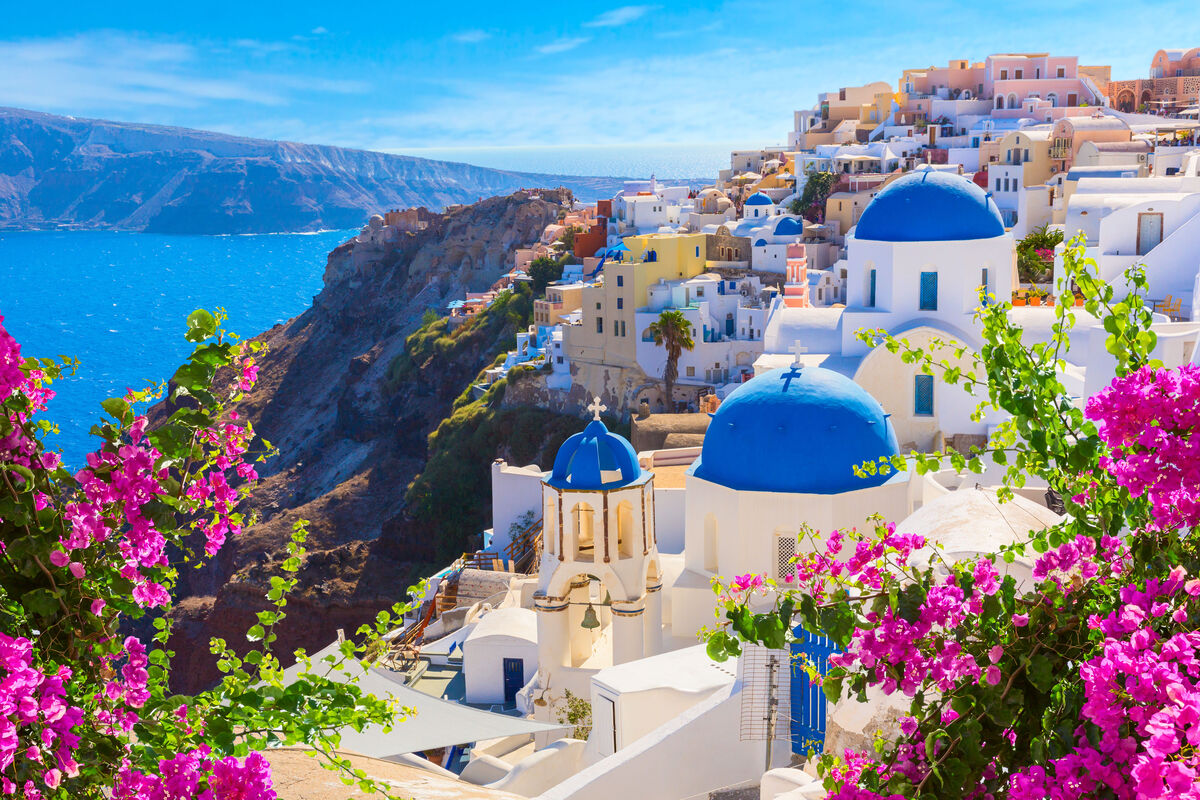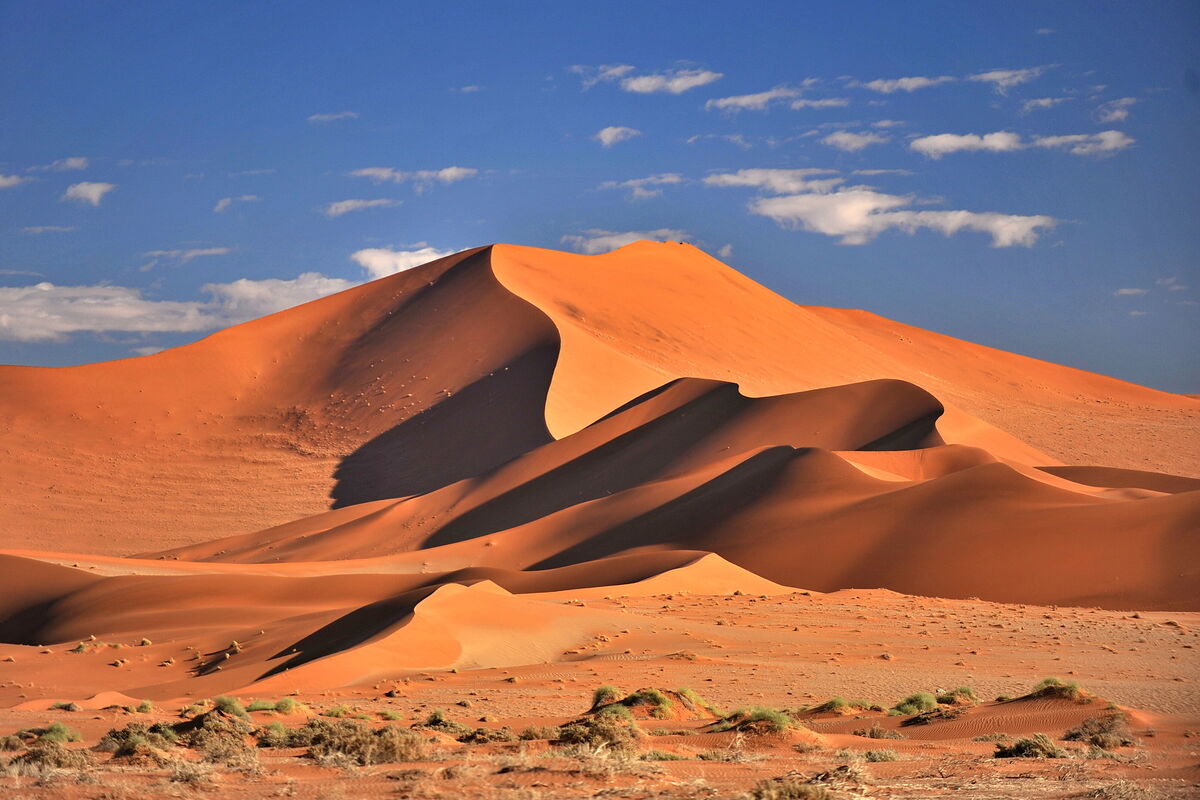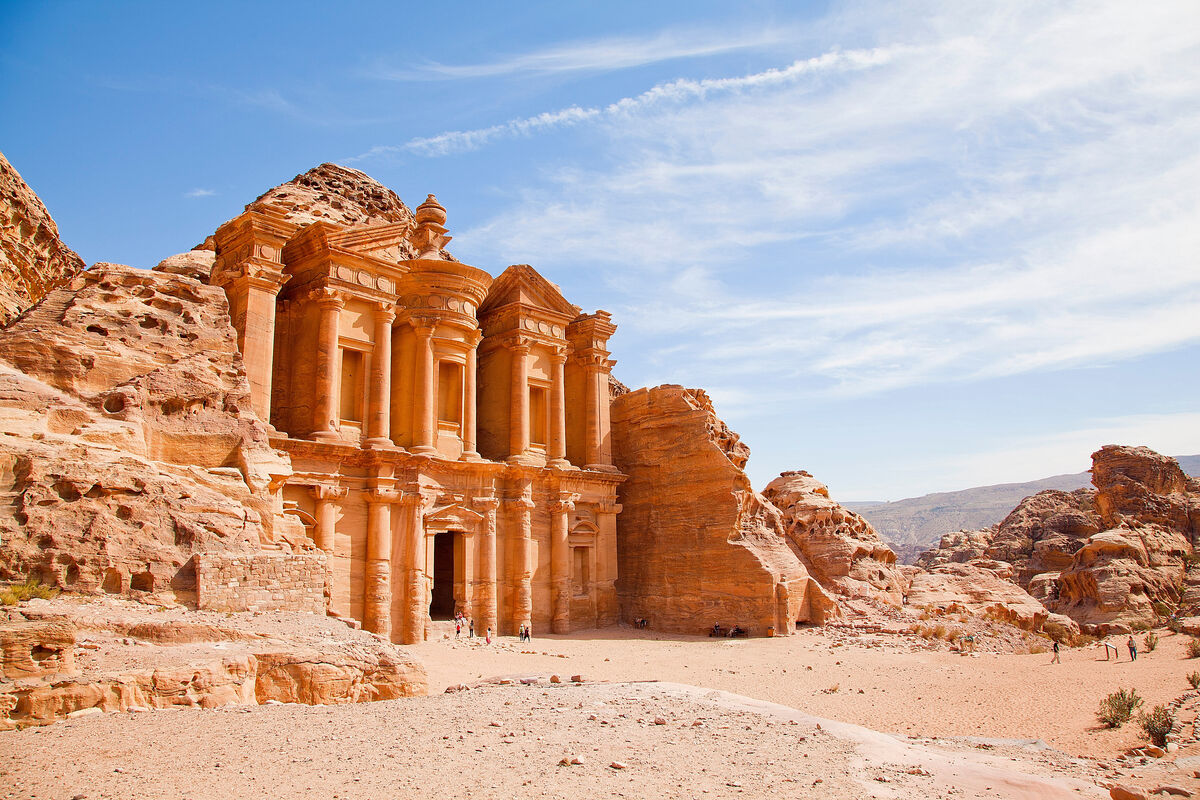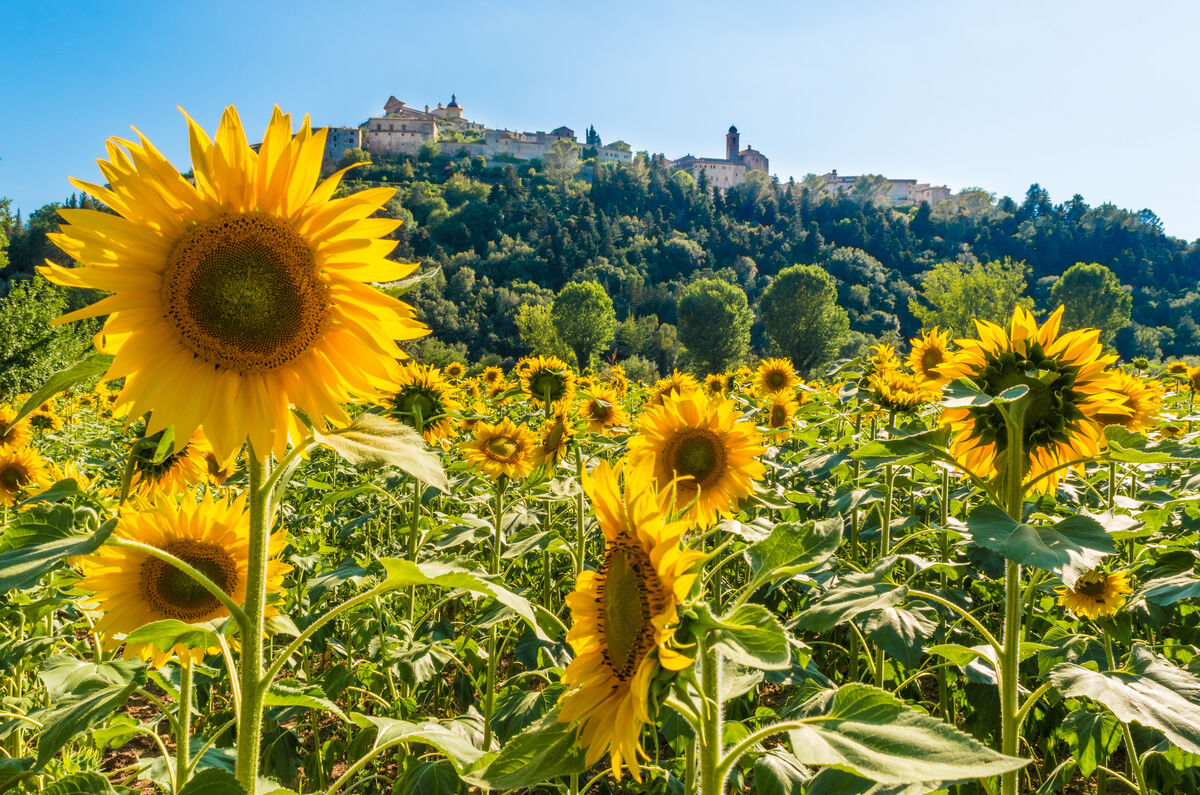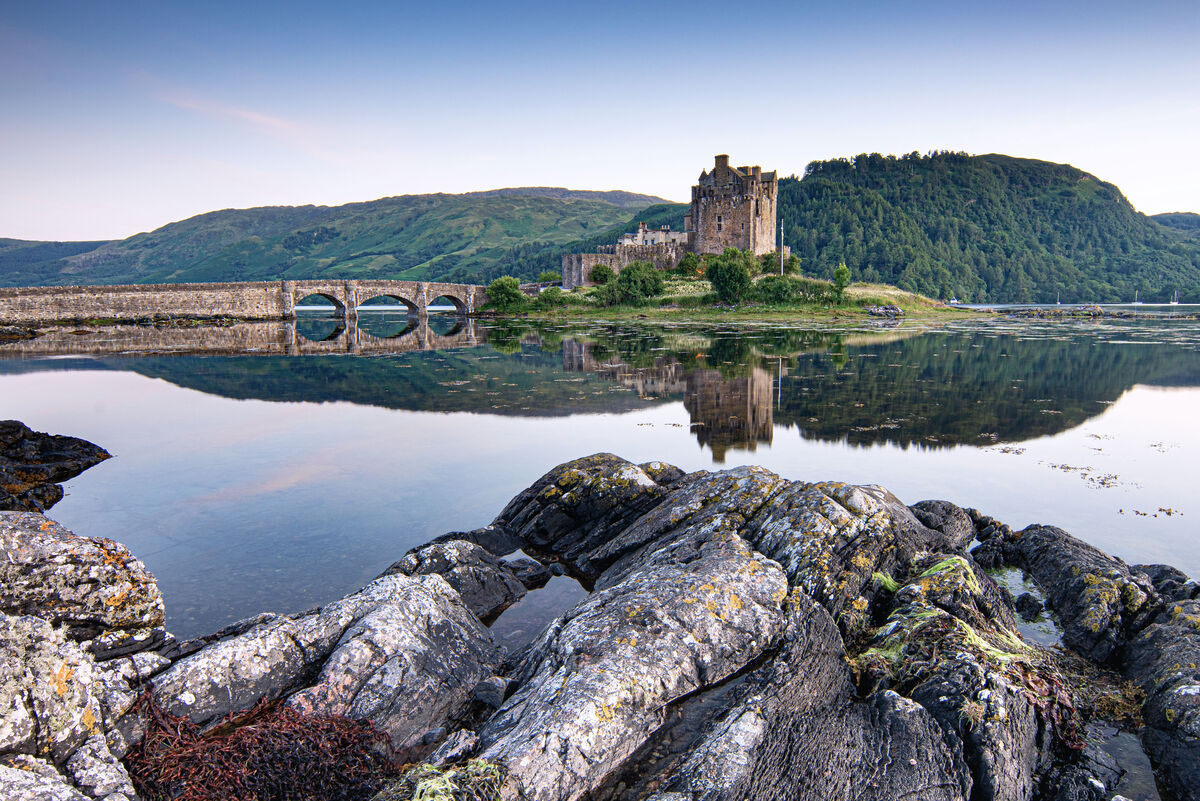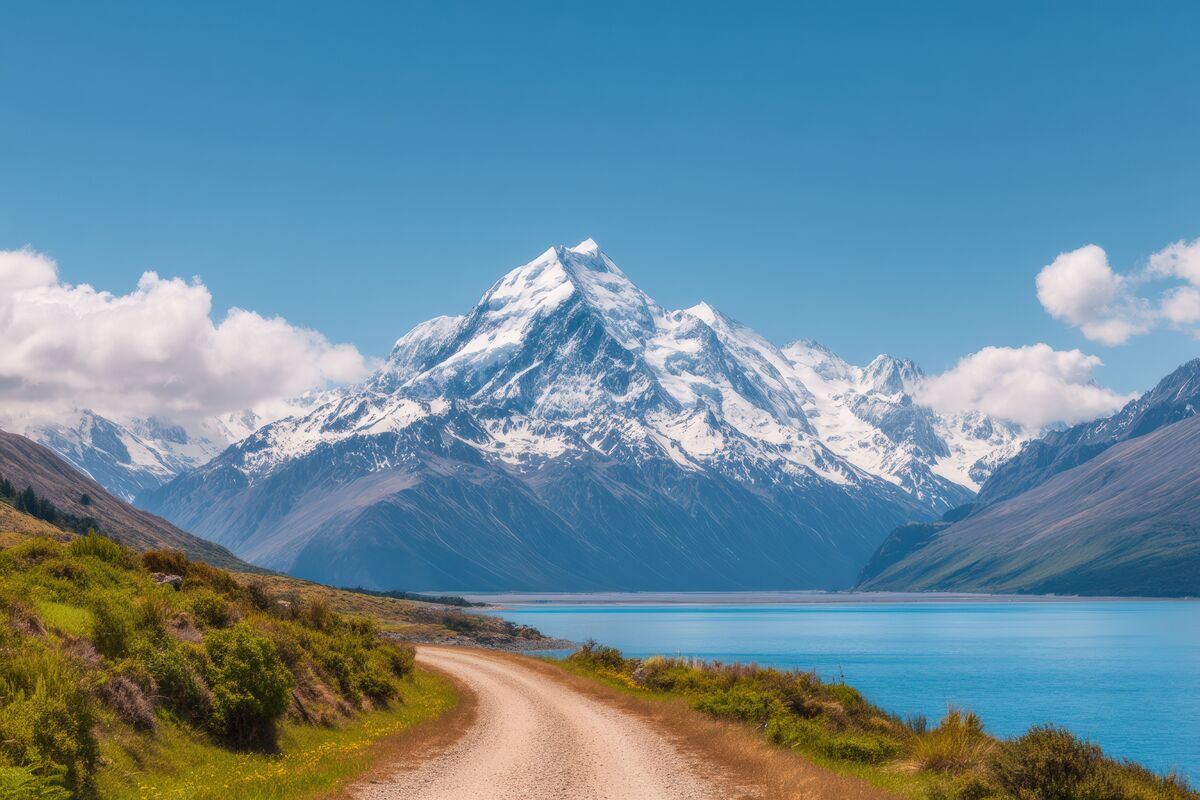
Panoramic perfection: The top views in the world revealed
4 August 2025
From vast landscapes to striking skylines, panoramic views capture the magic of our natural world. To celebrate these sweeping scenes, we've teamed up with award-winning travel and wildlife photographer Bella Falk to reveal the top 20 panoramic views worldwide and the top 10 in the UK.
Bella’s picks are based on visual impact, variety, and accessibility, featuring a mix of iconic spots and hidden gems that anyone can enjoy, no special gear or experience needed.
So, which panoramic view takes the crown? Let’s find out.
Top 20 panoramic views in the world
Which panoramic views make the top five?
1. Ordesa y Monte Perdido National Park in Aragón, Spain takes the top spot. Established in 1918, this 156 km² UNESCO World Heritage Site features dramatic valleys, forests, and meadows, crowned by Monte Perdido, the Pyrenees’ third-highest peak at 3,355 metres. Its snow-capped summits and sweeping views make it a photographer’s dream.
2. Peyto Lake in Banff National Park, Canada takes second place. Located in the country’s first national park, and a UNESCO World Heritage Site, Peyto Lake is famous for its vivid turquoise colour. Fed by glacier melt and set in the Waputik Range at 1,860 metres, it’s surrounded by forest and snow-capped peaks. Viewed from above, the lake forms a striking panorama that draws millions of visitors each year.
3. Lake Atitlán in the Guatemalan Highlands takes third place. Formed by a volcanic eruption 84,000 years ago, it’s the deepest lake in Central America. Surrounded by volcanoes and traditional villages, the lake sits in a dramatic highland basin, creating a stunning natural amphitheatre. Often called one of the world’s most beautiful lakes, its views are truly otherworldly.
4. Aït Benhaddou in Morocco takes fourth place. Set along the Ounila River in the High Atlas Mountains, this ancient village is famed for its well-preserved kasbahs, some dating back to the 16th century. Once a key stop on the trans-Saharan trade route, it showcases stunning Moroccan architecture. Its cinematic look has featured in films like Gladiator, The Mummy, and Game of Thrones. With desert tones and a mountain backdrop, Aït Benhaddou blends history and drama in one unforgettable view.
5. Machu Picchu in Peru rounds out the top five. Perched 2,430 metres up in the Andes, this 15th-century Inca citadel is a UNESCO World Heritage Site and one of the New Seven Wonders of the World. Spanning over 32,000 hectares, its misty peaks and stunning ruins draw 1.5 million visitors each year.
Feeling inspired? Check out the full list of the top 20 panoramic views below.
Top 10 panoramic views in the UK
Just like famous global viewpoints, Great Britain boasts its own natural beauty from rolling hills and rugged coastlines to tranquil lakes and waterfalls. Whatever your photography style, there’s a perfect panorama waiting for you.
Bella selected the UK’s top views based on sweeping vistas with depth and detail including both iconic and lesser-known spots. Her picks range from dramatic peaks and sparkling lakes to historic sites and striking city skylines.
She focused on three key criteria: elevation, scale, and photographic composition especially views with strong foreground and background elements. Accessibility was also a priority, with viewpoints suitable for most people, no technical climbing required.
Which UK views make the top five?
1. Jacob’s Ladder in the Peak District claims the top spot. Part of the 268-mile Pennine Way, it features stone steps cut into the hillside and follows a historic packhorse trail between Hayfield and Edale. Owned by the National Trust, the path is named after 18th-century farmer Jacob Marshall and offers sweeping views of classic English moorland.
2. The view of London’s skyline from Greenwich Observatory takes second place. With over 30 million visitors a year, the UK capital offers incredible photo spots, especially of its iconic skyline. For a unique perspective, the IFS Cloud Cable Car gives sweeping views from 90 metres above the Thames. From either spot, you’ll see landmarks like St Paul’s Cathedral, The Shard, and Canary Wharf in one stunning panorama.
3. Yr Wyddfa (Mount Snowdon) in Wales takes third place. Rising 1,085 metres in Snowdonia National Park, it's Wales’s highest peak and attracts over 600,000 hikers a year. Six main paths lead to the summit, with the Llanberis Path being the most popular. The area features stunning lakes, forests, and ridgelines. From the top, you’ll see Llyn Llydaw which is linked to the legend of King Arthur and enjoy sweeping views across Eryri and, on clear days, even to Ireland.
4. Durdle Door in Dorset takes fourth place. This iconic limestone arch on the Jurassic Coast is one of the world’s most photographed natural landmarks. Formed around 10,000 years ago, it sits on the Lulworth Estate and is part of England’s first natural UNESCO World Heritage Site. With golden cliffs, turquoise waters, and sea caves, it’s a stunning spot for photographers and coastal walkers alike.
5. The Old Man of Storr on the Isle of Skye completes the top five. This 50-metre-high pinnacle on the Trotternish Peninsula was formed by a massive landslip around 60 million years ago. Known for its otherworldly landscape, it’s the island’s most popular hike, attracting walkers and photographers alike. From the summit, you’ll see the Isle of Harris, the Cuillin Mountains, and the Scottish mainland which makes an unforgettable Highland panorama.
Top tips on how to take a beautiful panoramic photo
Panoramic shots can be stunning but tricky to capture. To help you master them, Bella shares her top tips for building confidence and getting great results:
1. Plan ahead: “If you can, recce the location in advance to scope out the best spots - you don’t want to be rushing to find an angle or battling through crowds just as the sun is disappearing. Also check the weather and plan for the best light. Use tools like Photo Pills to see when the sun will hit the landscape as good lighting adds texture, depth, and mood to your shot.”
2. Focus on layers rather than one focal point: “Panoramas work best when you’ve got something interesting across the full width of the scene. Use layers, leading lines or shapes that guide the viewer, not just a single focal point. Think about composition as too wide a shot can feel empty.”
3. Use the rule of thirds or try a stitched panorama: “Frame your shot with one-third sky and two-thirds landscape or put a point of interest a third of the way across the frame. Keep the horizon level. For higher-resolution results, try shooting a series of vertical images and using software to stitch them together into a wide horizontal panorama – this is helpful if you don’t have a wide enough lens to get everything in. Use an aperture of f/8 to f/16 for sharpness and stick to a 35–50mm focal length to minimize distortion. Set manual exposure for consistent lighting in every frame and expose for the brightest area to avoid blown highlights.”
4. Stabilise your shot: “Take a breath before you start shooting to reduce camera shake. For smoother phone panoramas, stand with feet shoulder-width apart, tuck in your elbows, and rotate from your waist - not just your arms. Also, avoid tilting the camera while panning, as it can create a warped horizon and force you to crop the image.”
5. Avoid moving subjects: “One common mistake is including moving objects such as people, animals, or cars in your panorama which can cause strange warping or duplication. However, you can also have fun with this effect by having someone appear twice in the same shot.”
Knowing what makes a great panoramic view:
“A great panoramic view is about the wow factor; it’s a location that takes your breath away and reveals more detail the longer you look.
“They tend to be high up so you can look down and see the landscape spread out with nothing blocking your view. My personal favourite is the type that reveals itself at a summit of a climb so that as you approach the edge, the view unfolds to reward your efforts.
“The best panoramas have scale, so you’re sucked in by the landscape but also have anchor points to draw your eye in such as a river or jagged peak. The best views are emotionally powerful and give you that moment of stillness, scale and perspective that makes you want to stay and watch for longer.”
Photos above, left to right: Photo 1: Victoria Falls, Zanibia. Photo 2: White Sands National Park, New Mexico. Photo 3: Tenby Hardour, Wales, UK. Photo 4: Oia, Santorini, Greece. Photo 5: Sassusvlei, Namib Desert, Namibia. Photo 6: Petra, Jordan. Photo 7: Sunflower fields, Umbria, Italy. Photo 8: Eilean Donan Castle, Scotland, UK. Photo 9: Aoraki (Mount Cook), New Zealand.
The types of landscapes that work best for panoramas and ones that are more challenging:
“Mountains, coastlines, valleys, and deserts offer strong depth and scale especially with an interesting foreground.
“For landscapes, golden hour (just after sunrise or before sunset) adds warmth, long shadows, and depth. Avoid shooting directly into the sun unless you're confident with flare, wait until it dips behind the horizon or lights up the sky in oranges and pinks.
“Cityscapes work well during blue hour, just before sunrise or after sunset, when lights glow and the sky still holds colour.
“The trickiest panoramas are cluttered scenes such as dense forests or busy urban areas with traffic, wires, or pylons.
“Midday light can also be harsh and flat, with short shadows and washed-out colours, especially in summer.”
If you’re looking to capture unforgettable moments from your panoramic adventures, explore our wide selection of photo books, personalised wall art , gifts, personalised calendars and photo prints.






